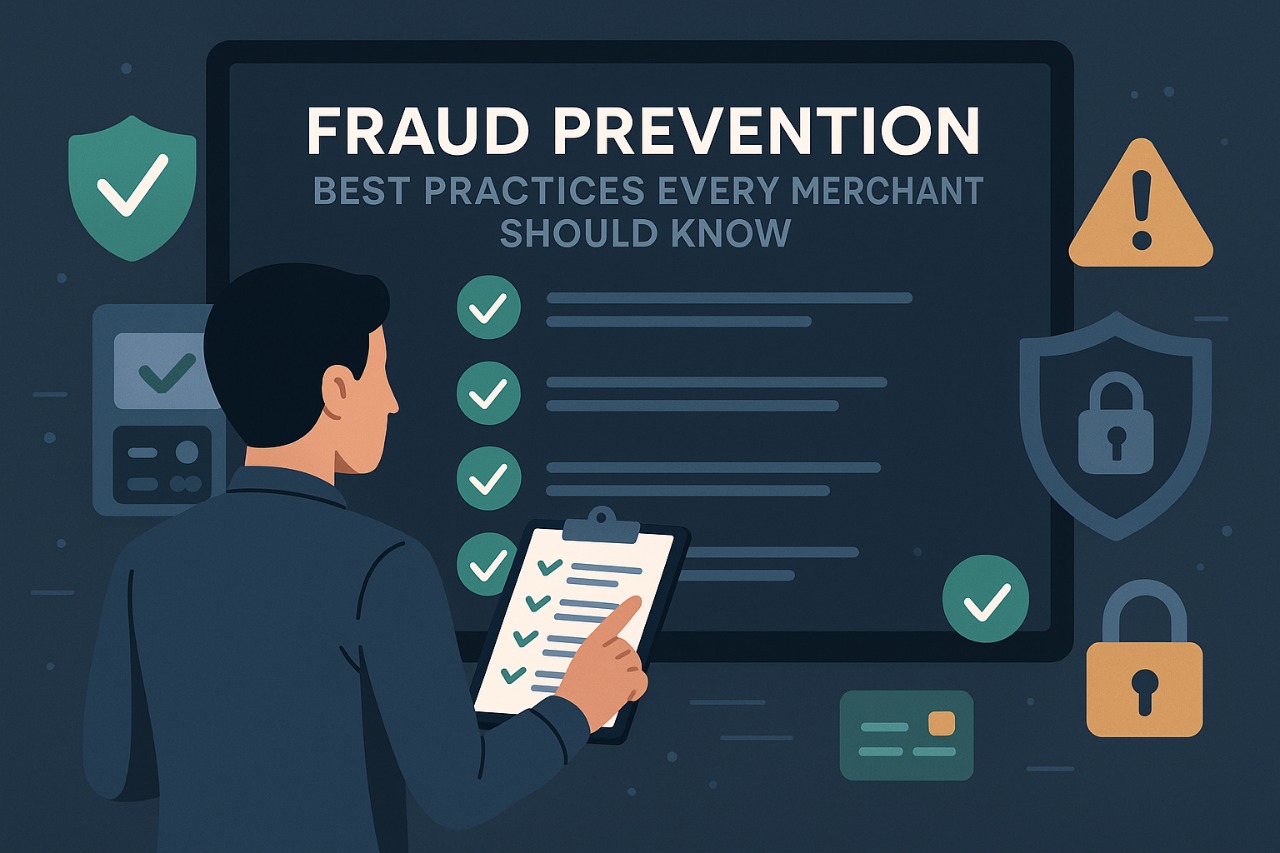disputeresponse Jul/ 1/ 2025 | 0
Fraud is a major threat to businesses, particularly in the digital era, where online transactions have become the norm. With an increase in chargebacks and fraud, it is crucial for merchants to implement robust fraud prevention measures. In this article, we will discuss the best practices that every merchant should adopt to protect their business from fraud.
1. Understand Common Fraudulent Activities
Fraudulent activities, ranging from identity theft to payment fraud, can cause severe financial losses. By identifying common fraud types such as card-not-present fraud, account takeover, and friendly fraud, merchants can be more proactive in preventing them.
2. Use Advanced Fraud Detection Tools
Investing in fraud detection tools is one of the most effective ways to prevent fraud. Tools like machine learning algorithms, chargeback alerts, and fraud detection systems analyze patterns in transactions to identify suspicious activity. Using these tools can help catch fraudulent transactions before they become a bigger issue.
3. Implement 3D Secure (3DS) Authentication
3D Secure adds an extra layer of security during online transactions. This authentication method requires the customer to authenticate the transaction via a password or biometric verification, helping prevent unauthorized payments.
4. Maintain Secure Payment Gateways
Choosing a secure payment gateway is crucial for preventing fraud. Ensure that your payment gateway is compliant with PCI-DSS (Payment Card Industry Data Security Standards) and uses encryption methods like SSL to protect transaction data from potential breaches.
5. Monitor Transaction Patterns
Monitoring transaction activity helps to detect unusual behavior. For instance, sudden high-value transactions or transactions made from unusual locations could indicate fraud. By setting up alerts and tracking these patterns, merchants can quickly address potential threats.
6. Offer Customer Verification Options
Verification of customer details during the checkout process can prevent fraud. Use methods like address verification (AVS), email confirmations, and phone number verification to ensure that the transaction is legitimate.
7. Establish Clear Return and Refund Policies
Clear return and refund policies can help protect your business from fraudulent chargebacks. By making it transparent and easily accessible to customers, you can reduce the risk of friendly fraud, where customers initiate chargebacks after receiving the goods or services.
8. Train Your Team
Fraud prevention is not just about using technology; it’s also about human vigilance. Ensure that your staff is trained to spot fraudulent behavior, handle customer queries effectively, and understand the importance of protecting sensitive customer data.
9. Regularly Update Your Fraud Prevention Practices
Fraudsters continuously evolve their methods, so it’s essential for merchants to keep up. Regularly update your fraud prevention strategies, tools, and training to stay ahead of emerging fraud trends.
10. Work With Chargeback Experts
If you are struggling with chargebacks or fraud, it’s crucial to partner with chargeback management experts. They can provide tailored strategies to minimize fraud risk and assist in resolving chargeback disputes efficiently.
Conclusion
Adopting these best practices can go a long way in reducing the risk of fraud and chargebacks for merchants. By investing in the right tools, training, and policies, you can safeguard your business from potential threats and ensure smooth, secure transactions for your customers.
For more information on how to protect your business, contact Dispute Response, your partner in chargeback management and fraud prevention.



